Fashion Design Teacher Zoe Hong Finds Success on YouTube
Her popular classes range from fashion illustration to garment construction
Zoe Hong doesn’t remember a time when she didn’t want to work in fashion. “I grew up wanting to be a fashion designer,” she says. After graduating from high school, she attended the Otis College of Art and Design in Los Angeles, where she earned a bachelor of fine arts degree. She started working in the industry in Los Angeles right away, first as an assistant designer, then as a designer. Eventually, she moved to San Francisco where she continued in the fashion profession.
In the classroom
The teaching trajectory of her career emerged while she was helping organize an art and design event in Oakland, California. While meeting with one of the showcase’s fashion designers before the event, Hong critiqued his collection, suggesting things he fix before the exhibition.
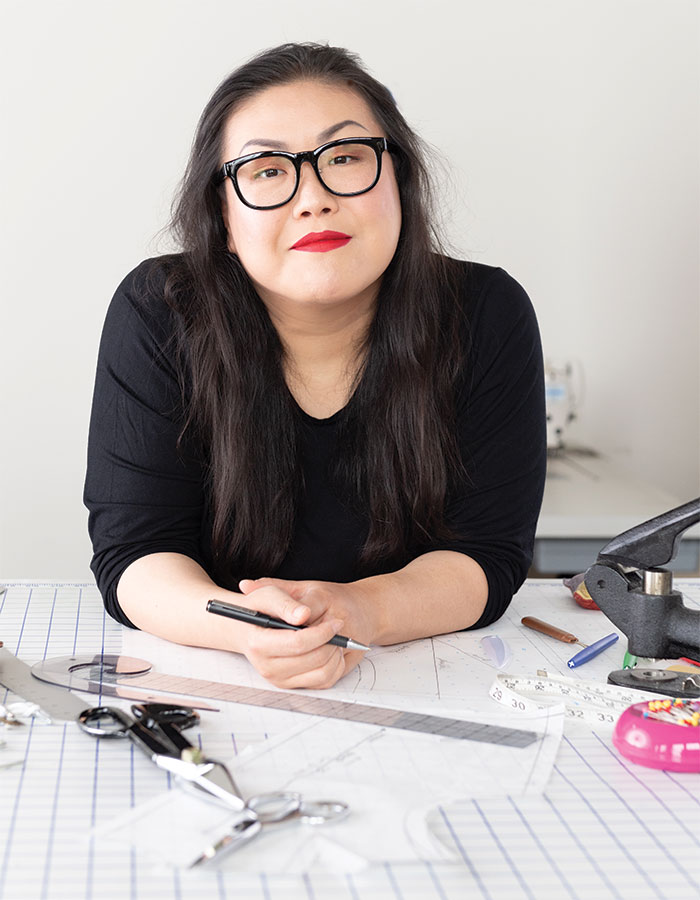
“And he said to me, ‘You just told me 27 things that were wrong with my pants and I didn’t feel like killing myself. You have a knack for critique that’s not soul-crushing. Have you ever considered teaching?’ ” Hong says, laughing. As anyone who has ever received a design critique knows, this is indeed a gift.
That designer was a senior at the Academy of Art University in San Francisco and he arranged for a meeting at the school. The Academy was eager to have her. “I didn’t know how I would respond to teaching. So I asked for just one class, and I fell in love with it immediately. It was Tuesdays at 8:00 a.m. and they were my favorite days,” she says.
Teaching on YouTube
The following semester, Hong asked for more classes and taught there for a few years before beginning her YouTube channel in 2015. “My sister was actually the one who thought I should do a YouTube channel,” Hong says. “She thought that my personality was well suited for it, and I, at the time, thought it would be a good idea to have these videos up there because I had so many students where English was not their first language. And I didn’t want them to take video in class. I wanted them to pay attention to the demo.”
As Zoe explained, there have been studies that show that people who record video during lectures and demonstrations don’t pay very close attention to the demo they’re recording. Instead, they are occupied with the video recording. Zoe wanted to make sure her students were paying attention to her, especially in her illustration classes. She told her students they could take as many pictures as they wanted but they couldn’t record video during her lessons. YouTube videos offered a way for the students to review and supplement what they had learned in class.
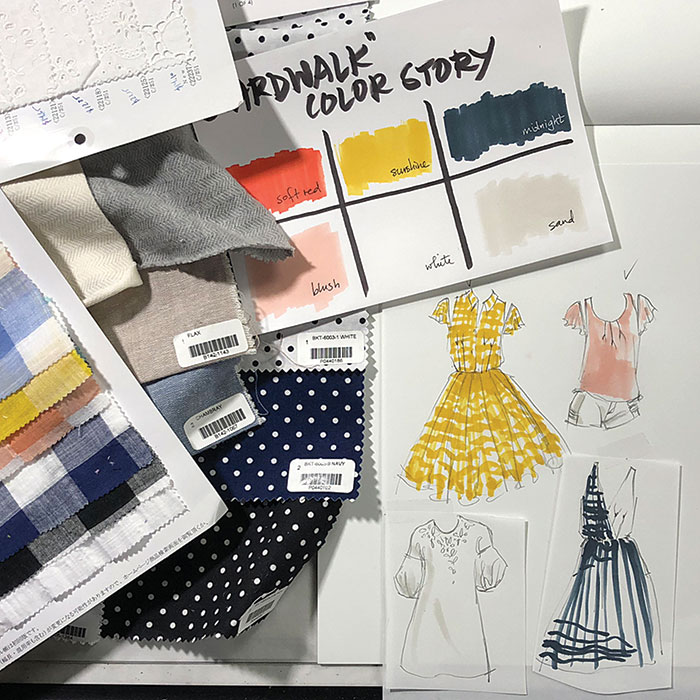
“The channel blew up bigger than I thought it would and I got really busy with it,” Hong says. “I left my teaching position. I miss teaching in the classroom and wish I could go back to it, but this is a far more interesting and varied career path for me.”
The YouTube channel is filled with how-to videos on all aspects of the fashion design business, from fashion illustration to garment construction, pattern drafting to design techniques, and fashion history to fabric tutorials. There’s even advice for launching your own fashion-based business. The videos are categorized into playlists under various headings depending on what most interests you at the time.
| Find Zoe Hong on YouTube at YouTube.com/c/ZoeHongTeaches/videos. |
Industry expertise
Hong is completely engaging to watch and learn from. She’s funny, honest, obviously knowledgeable, and able to deliver all sorts of instruction and advice clearly. Her videos aren’t just for aspiring fashion designers. For those who sew for themselves, her garment construction and fabric videos will likely be of specific interest, though most of what she teaches construction wise might differ from how they learned to sew.
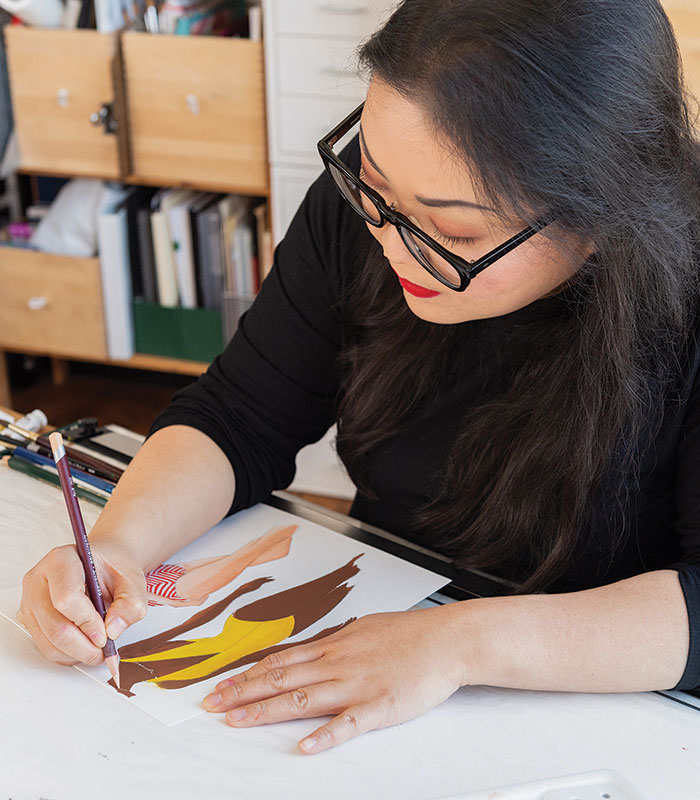
Hong teaches garment construction from the ground up. “I teach it on an industrial level, closer to how it would be done in a factory or sample room setting. I answer a lot of questions as to why something is the way it is in home patterns and what happens if they want to change something,” she explains. Learning how garments are constructed in a factory “allows people to think more adventurously about other projects that they might want to work on because they’re understanding more of the foundations of garment construction.”
She notes: “Many home sewers decide that, because they have this previous love of sewing, they actually do want to go into fashion and they start watching my fashion design videos, too.”
As a pattern maker and tailor for film and television who has worked in that industry for over 30years, I believe that there is always something new to learn when it comes to construction and patterning techniques. In film and television, we straddle the worlds of high-end couture garments and factory sewing techniques, with “just get it done it doesn’t matter what color thread you use,” and “make this supercomplicated dress in 12 hours with no fitting or mock up.” I am always looking for new, more efficient ways to do something. Zoe’s construction videos are a wealth of information, no matter how long you’ve been sewing.
Bodies and fabric
According to Hong, the two things fashion designers need to know backward and forward are bodies and fabric. Fabric is, after all, a fashion designer’s true medium.
One way to get to know bodies is through figure drawing. Hong teaches figure drawing on YouTube and Patreon by delving into anatomy, especially the bold points you see on the skin’s surface—like the elbow and clavicle ends.
She also talks about body movement in the class. “When you construct a jacket, you need to understand how people’s shoulders and arms move so you can accommodate those movements,” she explains.
After figure drawing classes, Hong recommends learning how to draw clothes on bodies. “If you understand how your fabrics and your clothes are going to fall on the body, it’s really going to help you visualize.”
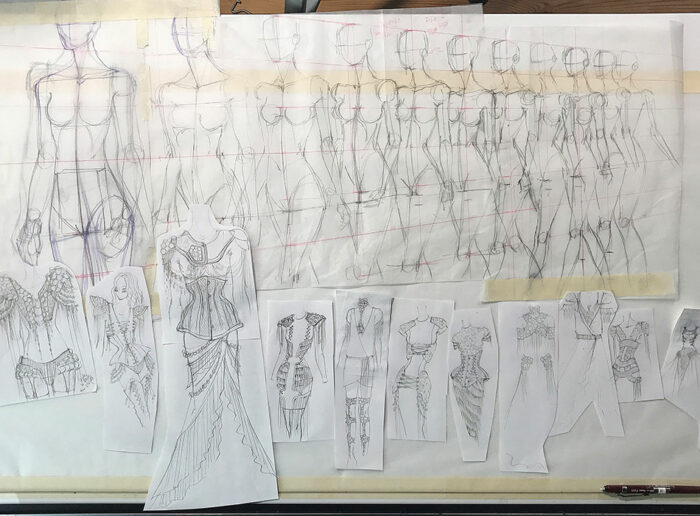
In her Fashion Design 101 class, Hong does “a really slow, deep dive into the fashion design process where it mimics as closely as [she] can how the industry works.” She explains in detail how the creative director puts together a collection’s inspiration and direction as well as the color story. There are specific “color people” who put together the color story and merchandisers who pull their fabrics according to that brand’s budget. After all that, individual designers are given items to draw and design specific garments. Hong critiques every homework assignment that crosses her desk.
Advice for aspiring designers
Zoe believes that makers and designers have separate skill sets and one person doesn’t always have both. That’s not to say that there are not some people who excel at both, but good designers must have a creative point of view (whereas good makers don’t necessarily have to have that). As Hong says, designers need to answer the questions of (1) what they are trying to give people and (2) why they want to be a designer in the first place. She always tells people how important it is to have a brand story, though they often balk at the word “brand” and think she’s trying to commercialize their creativity.
“I hate to break it to them, but fashion design is the intersection of commerce and creativity,” Zoe said. “Part of what helps you stay true to yourself is to figure out your brand identity and what you want to offer the world.”
For an example, she told me about one of her clients who wants to create a feminine women’s wear line specifically for tall women that allows them to feel womanly and beautiful, thereby directly confronting the notion that tall women are less feminine.
“A lot of your brand story can be mixed in with your view of a sustainable future as well as your view on gender and how each gender should dress,” Zoe continued. “I always want designers to have a point of view.”
She’s interested in where a designer’s artistry comes from and how it interacts with the world. “Look for the audience that needs what you have to offer. You’re not going to make a lot of sales if you just give out the same old crap everyone else is putting out there.”
What about those influencers on who make tons of money “selling” something basic like a trench coat? “They are not designers,” said Zoe. “The challenge and joy of being a designer is that you have to win people over with your creativity; you have to create something new. You have to figure out the thing you want to offer the world that isn’t already out there.” Influencers are just putting things out in the world that already exist. They are not creating something new.
Fashion designers and patternmakers
Zoe believes that designers do not have to be excellent patternmakers, but they should understand the foundations of patterning. The more garment construction knowledge they have, the better designer they can be. Zoe has had students tell her they find it limiting to know what they can and cannot do. Her answer for that: “Don’t even think about it like that because you’re such a beginning sewer that you don’t know.”
As a patternmaker who has been working professionally for 32 years, I will tell you that there is always something more to learn and the more you figure out how to sew, the more possibilities open up to you. The more a designer knows about construction, the larger their common language with their patternmaker is. “You can problem-solve together to realize the vision you have,” Hong explained.
What Zoe Hong sews for fun
Hong finds hand sewing relaxing, she told me. While she said that she is no expert, Hong is drawn to the Japanese techniques of boro and sashiko. Boro is visible mending, the practice of repairing and upcycling textiles through piecing and patching, with the goal of expanding their use, of creating “patchwork” garments from multiple scraps of old textiles. Sashiko is an embroidery technique of using simple running stitches in a repeating geometric pattern with the aim of strengthening the fabric.
“I love boro, the concept, the execution, everything about boro. And so, I do a hand-stitch sort of mending technique on my clothes and upcycle them.”

I didn’t know much about either of these techniques but, after researching them on the internet, it made perfect sense to me that these would be the sewing activities that Hong gravitates to. Both are sustainable mending practices steeped in history. Boro fabrics are made up of layers and layers of cotton and hemp patches stitched together and meticulously mended over and over. They developed during a time when nothing was wasted and everything was salvaged. Boro fabrics were made into garments that were passed down through generations, that were never thrown away—opposite of the fast fashion practices of today.
A better fashion industry
Hong is committed to teaching for a better, more sustainable fashion industry. She started her clothing line in 2007 with the tag, “future heirlooms.” She wanted her clothes to be passed down through generations—dresses that daughters would steal from their moms’ closets.
 |
 |
“I always felt that the strongest vein of sustainability we should consider is the idea of buying fewer things, buying better things, and keeping things longer,” Hong says. While she’s aware that the fashion business has made strides with new technologies, materials, and supply chain practices, she doesn’t feel the majority of consumers truly care about those things.
The real sustainability problem (and solution) lies with the idea of respecting clothes. “We have this fast fashion problem because . . . people don’t respect clothes. They don’t respect the people who make the clothes, the people who earn 30 cents a day,” she says.
Hong’s “teaching for a better fashion industry” philosophy is wrapped up in bringing clothes a new kind of respect, similar to how the farm-to-table movement has made us willing to pay $25 for a burger because we know exactly where it came from. She believes the fashion industry itself needs to embrace that kind of thinking and marketing, in order to influence consumers’ attitudes.
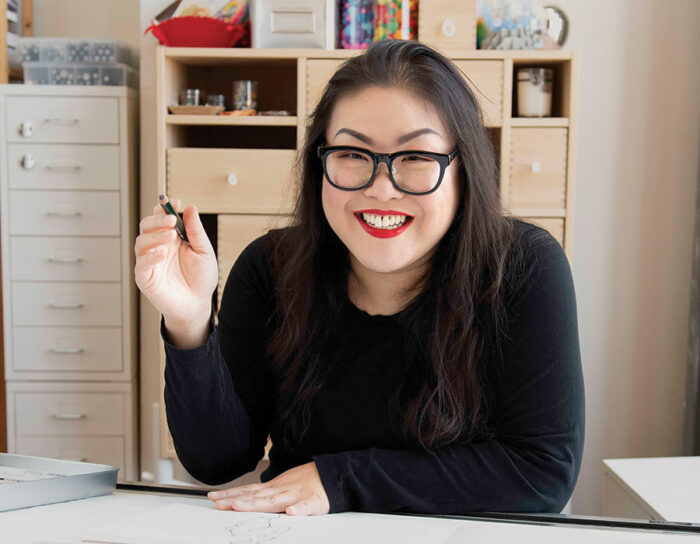
“And so, not only is it sustainable for the earth, but it is ethical to the humans who make the fashion,” Hong explains. Because, she believes, ultimately, you can’t have sustainability if you don’t address the people. It’s all wrapped up in the ethics of manufacturing.
“You know,” she continued , “We didn’t consider leather to be not sustainable until we started making too much of it. Leather is one of those things where—yes, you’re killing animals—but you also have an amazing material that literally lasts a hundred years and there are ways to tan leather that are less toxic for water. It wasn’t a problem until people were just making so much leather and a lot of it was low-quality leather or cheap leather.”
“I have this hope that I can influence the next generation of designers and creators and fashion manufacturers to do everything a little bit better, to be a less toxic industry.”
Author Vanessa Nirode is a patternmaker and tailor for TV and film, as well as a freelance journalist. Look for her shop, setgirlz, on Etsy.com.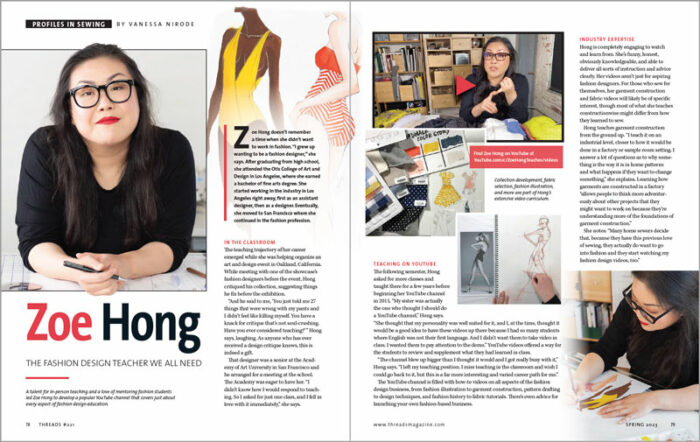
Photos, except where noted: Courtesy of Zoe Hong.
Illustrations: Zoe Hong.
For more photos and details, click the View PDF button below:
From Threads #221
View PDF
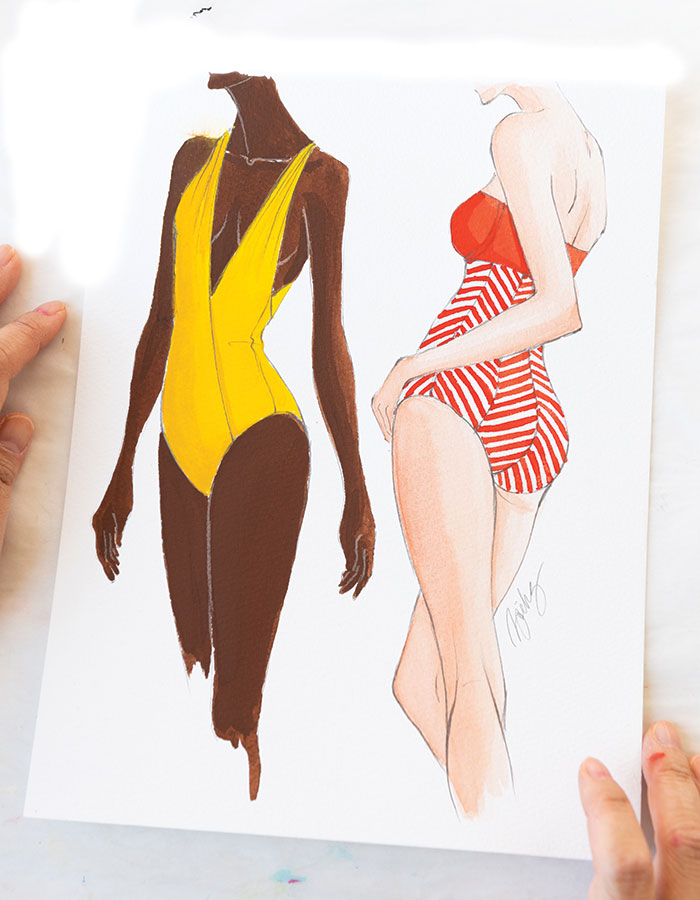
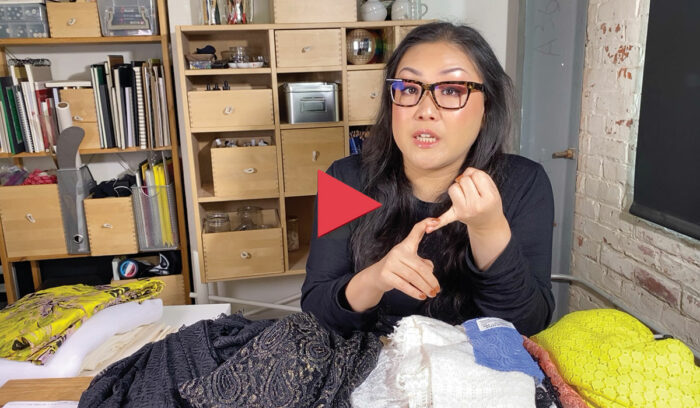
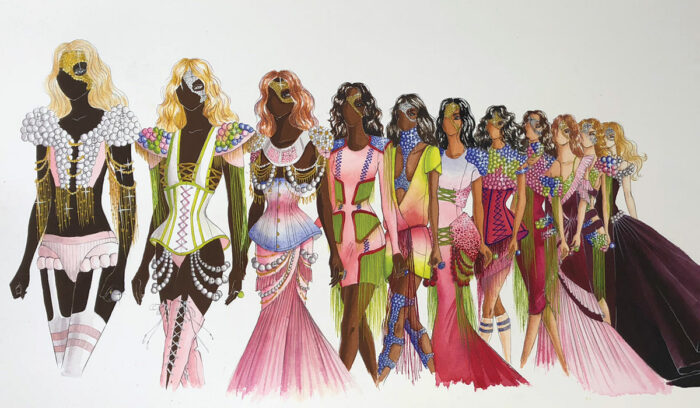



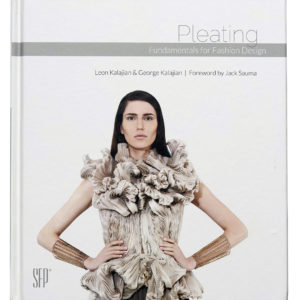


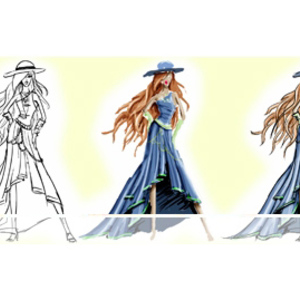

























Log in or create an account to post a comment.
Sign up Log in